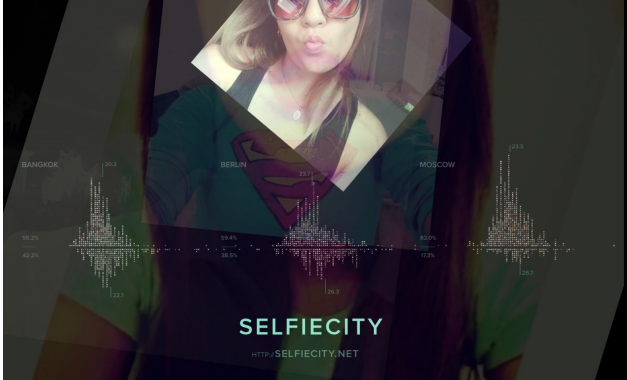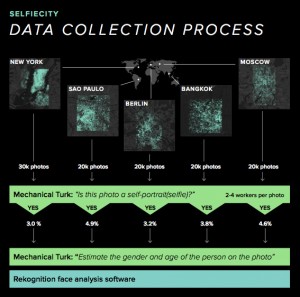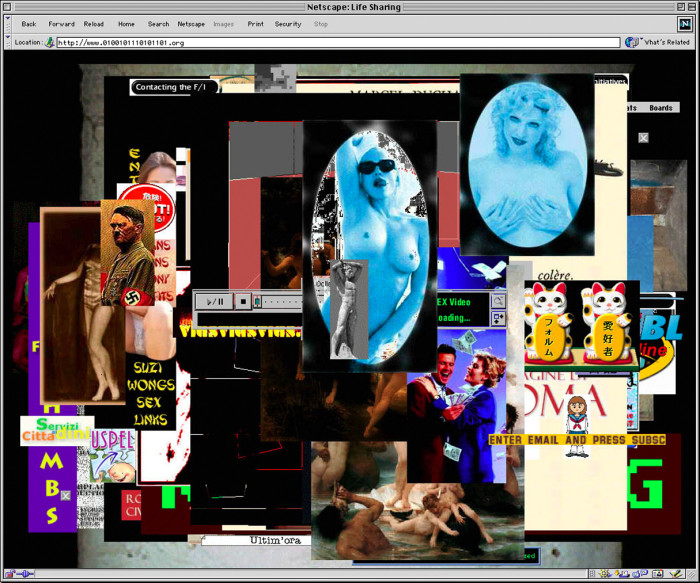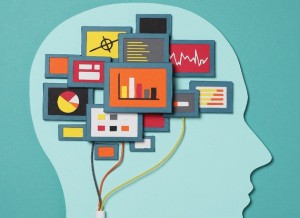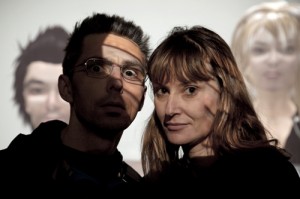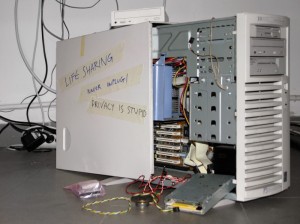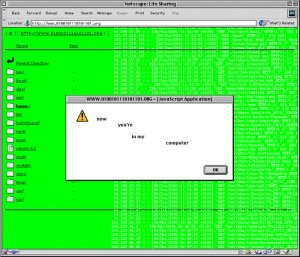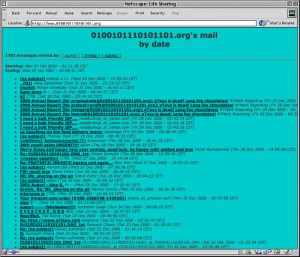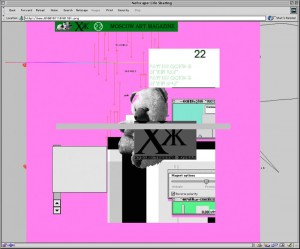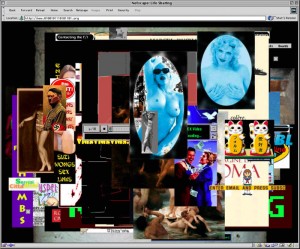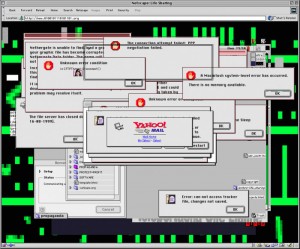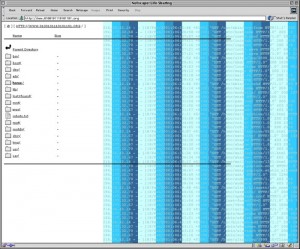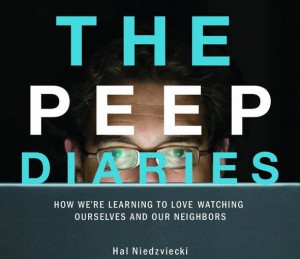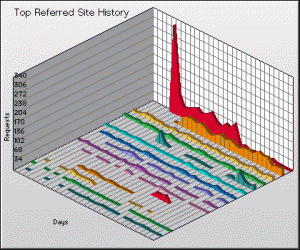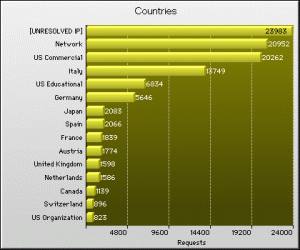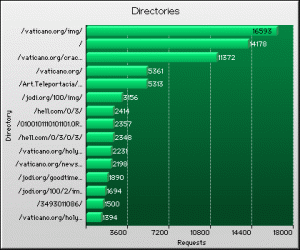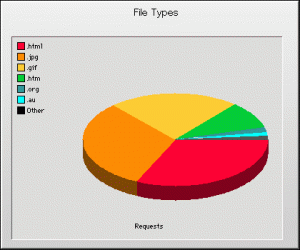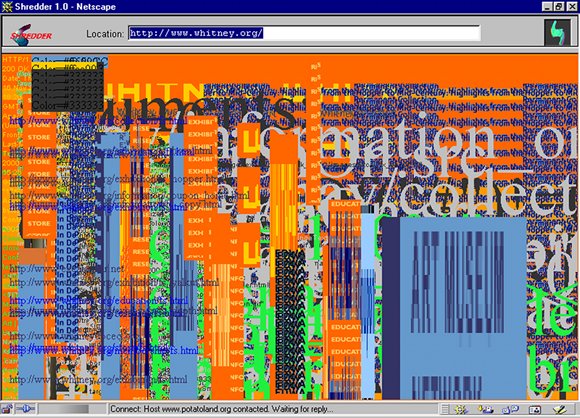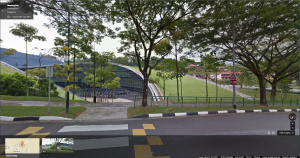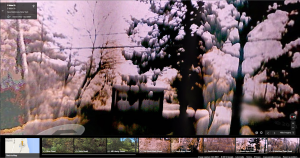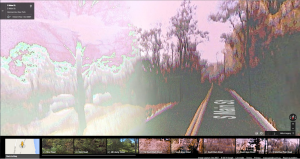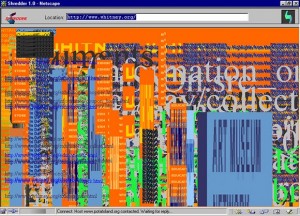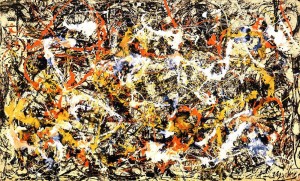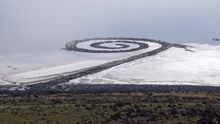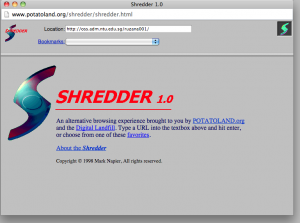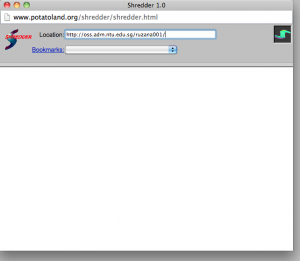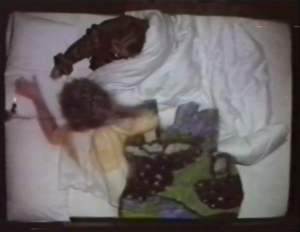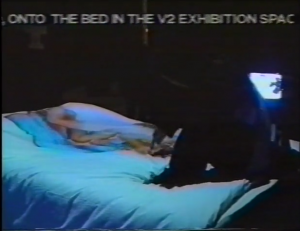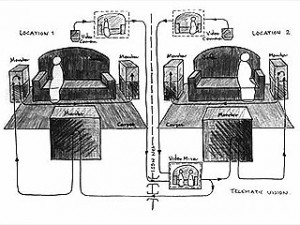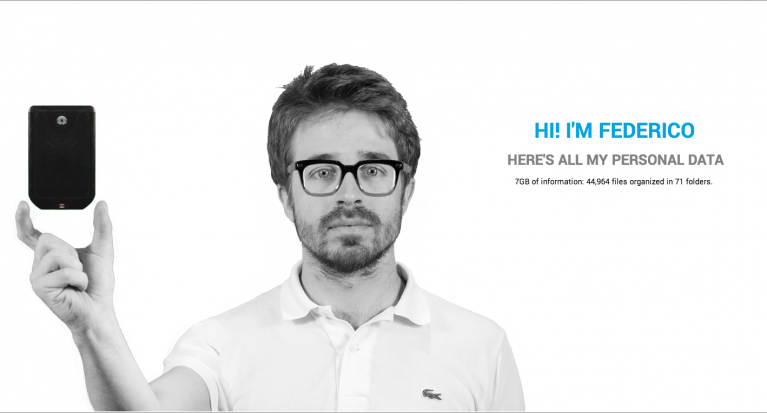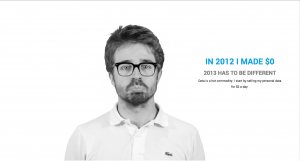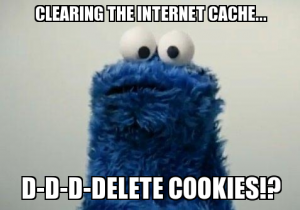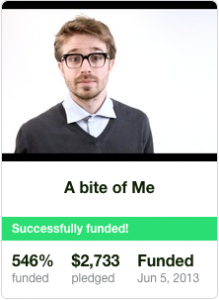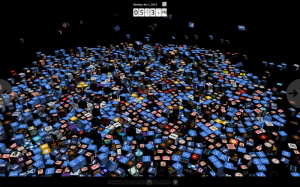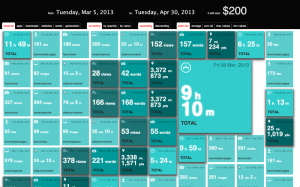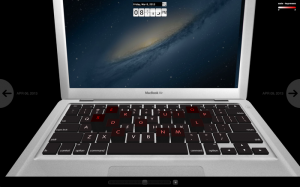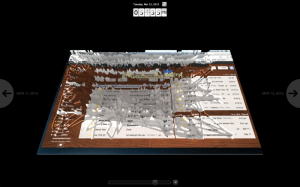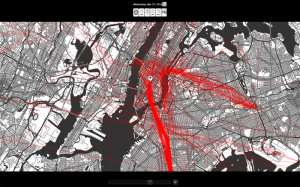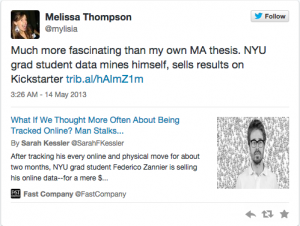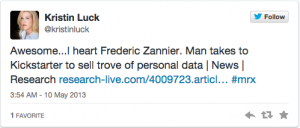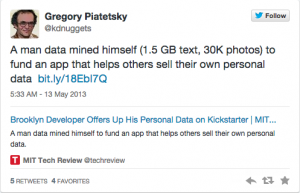Oxford Dictionaries named “selfie” as its word of the year as usage of the word had increased by 17000% over the past 12 months, said the publisher of the Oxford English Language Dictionary. The act of selfie-taking has been examined microscopically perhaps because its popularity seems to encompass what society thinks to be the ills of young: narcissism, over-sharing, and endless aping of celebrity culture.
In Selfiecity, the selfie is treated as a form of self-expression of individual Instagram users as well as a communal and social practice. The research project considers both the individual artistic intentions of a singular image and the overall patterns revealed by large amount of selfies made in a particular geographic location during one week.
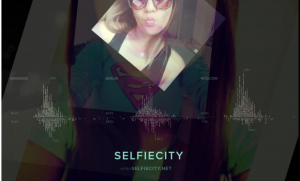
Montage of selfies from Selfiecity
Selfiecity, which was just released by Lev Manovich is an immersive project that investigates and analyzes a sample of 3,200 selfies taken in New York, Moscow, Berlin, Bangkok, and Sao Paulo.
When popular media covers exceptional events such as social upheavals,
revolutions, and protests, typically they just show you a few professionally shot photographs
that focus on this moment of protest at particular points in the city. So we were wondering if
examining Instagram photos that were shared in the central part of Kiev would give us a
different picture. Not necessarily an objective picture because Instagram has its own biases and it’s definitely not a transparent window into reality, but would give us, let’s say, a
more democratic picture.
– Lev Manovich, interview with Randall Packer
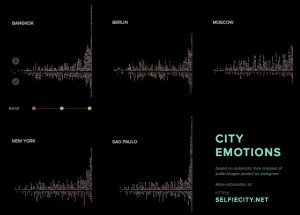
It is rather interesting to compare the professionally shot pictures published by popular media and ones taken by amateurs/anyone with access to a camera/smartphone. This project gives us actual statistics, data science, data visualizations, and interactive information about selfies taken around the world. The images were then subject to high-level face analysis with the help of Orbeus Inc.’s software, sorting by the presence of visual cues like smiles, glasses, and orientation of the head. The result is a sophisticated data visualization.
The website invites visitors to inspect selfies and how to reconcile different approaches to the selfie — how to view the same images as data. Given the cultural popularity of the selfie and its rapid growth, computational social science may offer a better way to interpret modern self-portraiture than conventional psychology.
“While art historians traditionally would engage in a close reading of a singular image and practice formal analysis of a unique artifact, the current project instead focuses on patterns in a larger set of images, analyzing such features as pose, facial expression and mood,” writes Alise Tifentale, a researcher on the aesthetics of new media at CUNY.
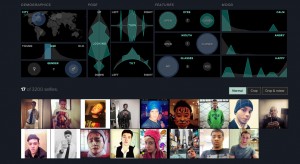
Not only does SelfieCity offer findings about the demographics of people taking selfies (as well as information about their various poses and expressions, such as trends in their smiles), it also shares a variety of data visualizations (such as collages that overlay hundreds of selfies that share similar characteristics), and allows visitors to explore the entire photo collection, could reveal patterns or trends that ripple throughout selfie culture based on the demographics of the participants.
Manovich explains that, “the central point of this project is to say, let me produce as many interesting visualizations as I can, maybe select the most interesting, even juxtapose them, and then to basically say that it’s not that one is more true than another. Everyone views a different idea.”
I’ve never thought that selfie’s could be a source of data that can be extracted to reveal a larger picture; one that says a lot about life and real lives in an increasingly digital and ‘virtual’ culture. A study Manovich created called “cultural analytics,” looks at large at sets of social media data as a means of better understanding our changing culture through new media. I am amazed by the level of complexity and degree of user interactions and interactivity and see it as an inspiration for my Project hyperessay and final project which applies a similar concept.
I believe that the age of the selfie is not over – in fact, its only just beginning. Humans beings have never been able to not look at themselves. When we have #selfiefriday, #selfiesunday, #selfieoftheday, and #selfiesfordays, and surely someday soon, the hologram selfie, the data need never stop flowing. SelfieCity suggests these casual acts of self-love may tell analysts of the future not just where we were but where we were at.

